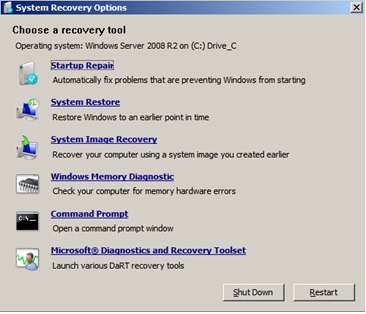

- #WINDOWS 10 DART ISO SIZE HOW TO#
- #WINDOWS 10 DART ISO SIZE 64 BIT#
- #WINDOWS 10 DART ISO SIZE UPDATE#
- #WINDOWS 10 DART ISO SIZE WINDOWS 10#
* Cumulative Update for NET Framework 3.5 and 4. * install.wim compressed to recovery format (install.esd) * Diagnostics and Recovery Toolset 10.0 (boot.wim only) * (Use attached Rufus USB-tool to make UEFI-bootable)

* Cumulative Update for NET Framework 3.5 and 4.8: KB5008876 Devices in enterprise environments can receive these updates at a slower pace, or use long-term support milestones that only receive critical updates, such as security patches, over their ten-year lifespan of extended support.
#WINDOWS 10 DART ISO SIZE WINDOWS 10#
Windows 10 receives new releases on an ongoing basis, which are available at no additional cost to users.
#WINDOWS 10 DART ISO SIZE 64 BIT#
Windows 7 AIl in One 32 / 64 Bit ISO Technical Setup Details Software Full Name: Windows 7 AIl in One 32 / 64 Bit ISO Setup File Name: Windows 7 32-64 Bit. It is the successor to Windows 8.1, and was released to manufacturing on July 15, 2015, and to retail on July 29, 2015. Equipped with Diagnostics and Recovery Toolset 10.0 (Microsoft DaRT).

Windows 10 is a series of personal computer operating systems produced by Microsoft as part of its Windows NT family of operating systems. Label the drive and keep it in a safe place.X64 | Language: Spanish | File Size: 5.29 GB Choose the option to replace any files on the recovery drive with the files you're copying.
Position the two File Explorer windows side by side and then drag the complete contents of the mounted ISO drive to the recovery drive. Open a second File Explorer window and display the contents of the USB recovery drive. Double-click the saved ISO file to mount it in File Explorer. The update began rolling out on October 20, 2020. 
The first preview was released to Insiders who opted in to Beta Channel on June 16, 2020.
#WINDOWS 10 DART ISO SIZE HOW TO#
Download the Windows 10 ISO file following the instructions in my FAQ: How to install, reinstall, upgrade and activate Windows 10. Windows 10 October 2020 Update (codenamed '20H2') is the tenth major update to Windows 10 as the cumulative update to the May 2020 Update.It carries the build number 2. If you don't have an OEM recovery partition, you can add Windows 10 installation files to the recovery drive, creating media that you can use to install, reinstall, or repair Windows 10 on any PC. (Unless your PC is brand new, you should probably skip this option, which will result in your recovery drive containing an outdated Windows 10 version.) If your system included a partition with the OEM version of Windows 10 and you want your recovery drive to include those files for reinstalling Windows, be sure to select the Back up system files to the recovery drive option on the first page. An easier way to locate that file is to type recovery in the search box on the taskbar, then click the Recovery Drive shortcut from the search results. In Windows 10, this tool has its own executable file, which you can open directly by using this command: %windir%\system32\RecoveryDrive.exe. The recovery drive tool formats the drive, so be sure to make backup copies of any important files on that drive before you begin the process. Well I think its also has to do with that fact that DVD-R labeled 4.7GB essentially means 4,706,074,624 bytes so thats about 4.38GB, and the ISO is 4526MB. I think it has to do with the ISO containing all the versions of Windows 10. For a recovery drive that includes Windows system files, you'll need a larger USB drive for a 64-bit copy of Windows 10, the drive should be at least 16GB in size. My only option next is to burn Win7 ISO, and do an upgrade to Win10 from there. Creating a basic recovery drive requires a USB drive that is at least 512MB in size.








 0 kommentar(er)
0 kommentar(er)
